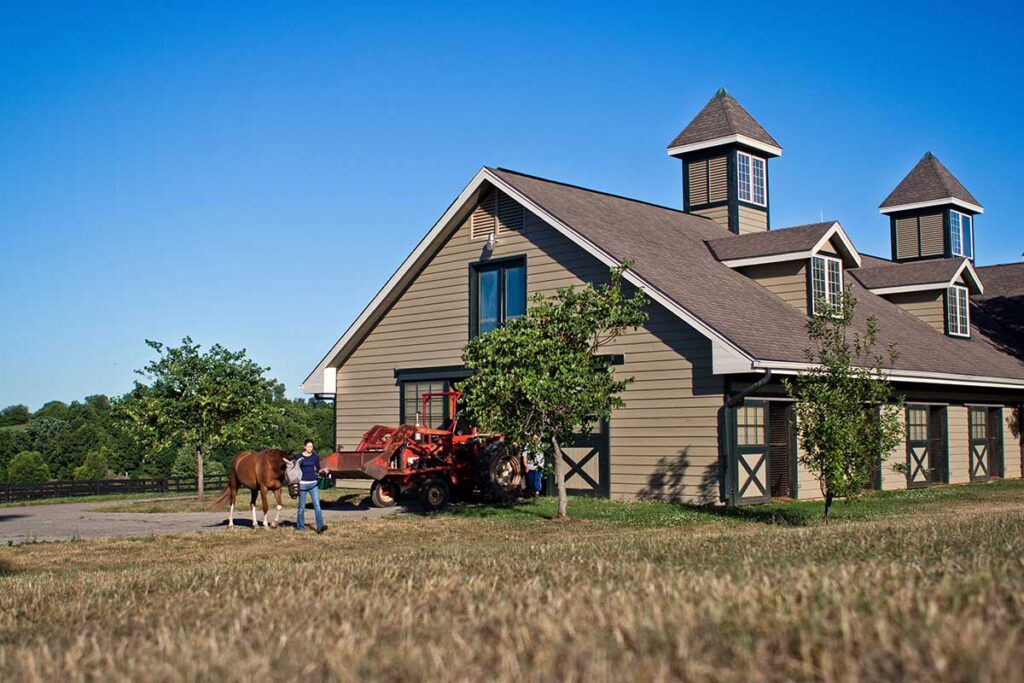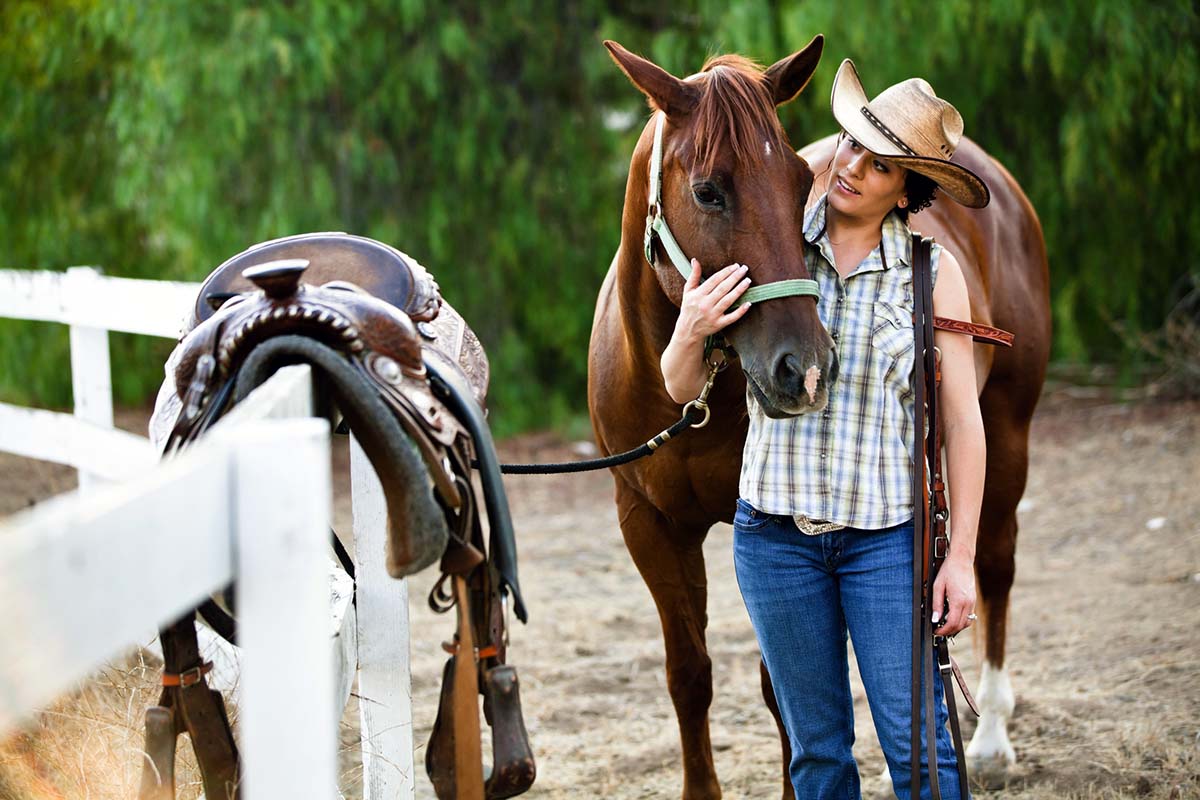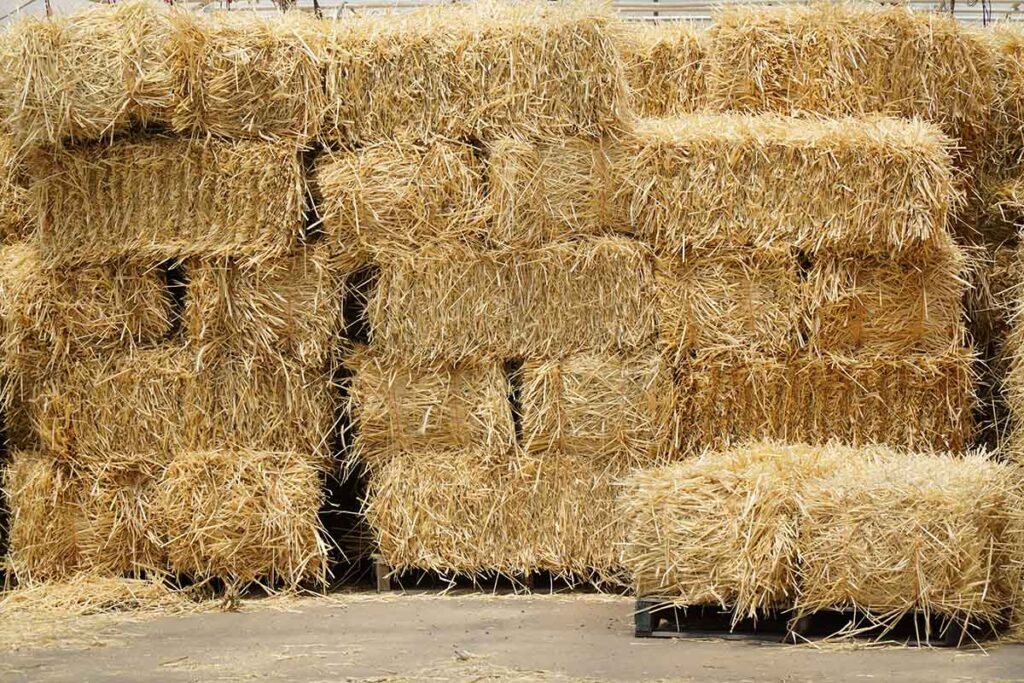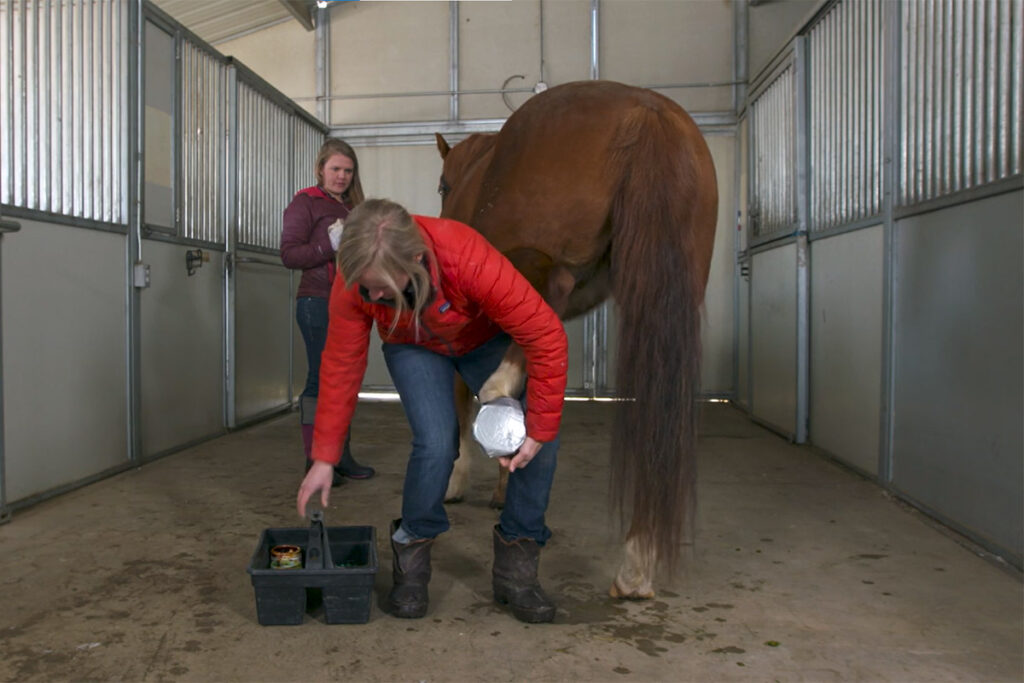Over the span of your horse’s 25-year life, you’ll likely spend between $215,000 and $575,000 caring for, training, and riding him. If that sounds like a high price tag, you should also know people tend to underestimate their horse expenses by up to 363%! These mind-boggling numbers come from a 2023 Synchrony survey of 1,231 U.S.-based horse owners. The study also revealed more than half of horse owners feel stressed by a bill under $1,500. Let’s identify three common unexpected equine expenses and help you feel financially ready for those less-than-ideal scenarios, so you’re not taken by surprise.
No. 1: Vet Expenses
While board is the No. 1 expense for most horse owners who don’t keep their animals at home, it’s rather predictable, just like your own rent or mortgage. The No. 1 unexpected expense for a horse owner is a veterinary bill. Anything from a gnarly laceration to a lengthy hospitalization or even surgery can quickly rack up a significant bill. Two-thirds of the Synchrony survey respondents spent money on emergency veterinary care for their horses in the past year.
No. 2: Hay and/or Feed
Remember how we just said board is usually a predictable expense? That’s not always the case anymore. During the pandemic, my own mare’s field board soared from $450 to $750 within the span of a couple of months to account for record-high surges in hay and grain prices. Between inflation, increased transportation costs, and unfavorable weather, the cost to feed a horse has skyrocketed in recent years.
No. 3: Equipment Repair or Replacement
Horses are expensive, and so is the equipment we use to care for and ride them. Between 87% and 93% of horse owners spent money on tack and gear in the past year, according to the Synchrony survey. For some equestrians, having to replace a saddle is all it takes to accumulate credit card debt.
How To Expect the Unexpected

Many horse owners, myself included, felt unprepared for the fluctuations in board and feed bills over the past few years. So, what does it take to successfully prepare for and navigate unexpected horse expenses?
- Create a realistic estimate of your horse’s annual expenditures—from $11,538 for retired backyard horses to nearly $37,000 for competition horses, the survey tells us. Expect costs to increase year after year.
- Budget accordingly.
- Have a plan in place for when the inevitable emergency vet bill or expensive repair lands in your lap. Hope for the best, but plan for the worst!
Budgeting for horse insurance and preventive medicine—vaccines, deworming, dental care, etc.—is easier, more predictable, and often more cost-effective than gambling on the chances of your horse dealing with serious, expensive health problems as a result of forgoing routine health care.
This being said, even the most diligent, proactive horse owners aren’t immune to freak accidents and unfortunate illnesses. And in many scenarios, insuring a horse isn’t possible or realistic. This is where the importance of having an emergency fund comes in.
Financial Emergency Preparedness
Despite having anxiety about horse expenses, 83% of the Synchrony survey respondents said they felt prepared for the costs. But, only one out of three have a savings plan for unexpected horse expenses.
Decide on a dollar amount to set aside for extra bills on top of those you’ve already accounted for in your annual budget. Place that money in a dedicated bank account so you know it’s there when you need it. These funds can quite literally be lifesaving when it comes to vet bills and come in clutch for all sorts of other unforeseen equine expenses. If possible, place three to six months’ worth of horse-related expenses in an equine savings account.
In addition to sufficient funds, you’ll need a “cap” on what you’re willing and able to spend trying to save your horse if an emergency arises. If he needs colic surgery, for instance, is that an option?
Colic is perhaps the best example of a situation requiring both an emergency fund and an emergency plan. If you have a colicking horse, time is of the essence. Research shows that waiting to go under the knife increases the surgery’s complexity, along with its risks, complications, and cost. Your horse’s chances of coming out alive are also lower. One study showed that overall survival rates were 75.6% if surgery was performed within eight hours of colic onset, compared with 45.1% in horses that had surgery 12-plus hours after onset.
This is a prime illustration of the importance of setting aside money and putting a plan in place ahead of time. Being prepared allows you to make rational decisions about your horse’s care before unexpected, stressful scenarios and expenses arise.
Take-Home Message
However much you think your beloved horse costs, it’s probably more. Take a deep dive into your bank statement, list all his annual expenses, add a buffer for surprise bills, and come up with an emergency plan. Once you’ve done all that, you’ll feel well-equipped to navigate unexpected horse expenses. Being ready for anything gives you the peace of mind you need to enjoy your time with your equine companion. After all, he’s worth it.
Related Reading:
- What Does it Cost to Own a Horse?
- How Much Does a Horse Cost Per Month?
- 10 Budgeting and Cost-Saving Tips for New Horse Owners
Lucile Vigouroux, MSc, holds a master’s degree in Equine Performance, Health, and Welfare from Nottingham Trent University (UK) and an equine veterinary assistant certification from AAEVT. She is a New-York-based freelance author with a passion for equine health and veterinary care. A Magnawave-certified practitioner, Lucile also runs a small equine PEMF therapy business.
Are you enjoying this content? Sign up for My New Horse’s FREE newsletter to get the latest horse owner info and fun facts delivered straight to your inbox!









